In the world of PC hardware, it's easy to get caught up in FOMO and waste money on needlessly expensive hardware you never needed. Every high-end, expensive component has a market, but many people don't buy it simply because they're swayed by the marketing and hype surrounding the product. And this isn't limited to high-end GPUs and CPUs; gaming monitors, motherboards, and SSDs are all part of this trend. Let's look at the most overrated components that don't deserve the attention they get.
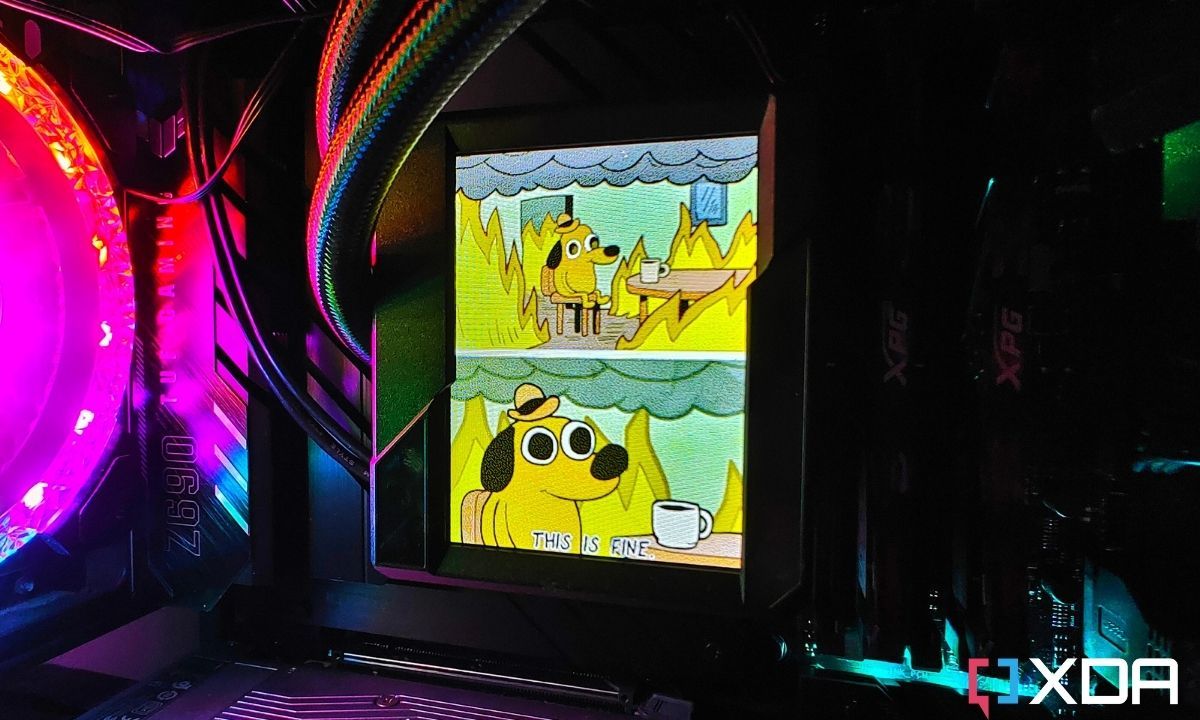
Related
5 PC components that can easily hijack your gaming PC budget
Avoid overspending on these 5 components when maximizing the performance of your gaming PC build
6 1600W power supplies
Does anyone really need it?
No matter how high-end your PC is, you probably don't need a 1600W power supply. Even if you manage to get an RTX 5090 and Core i9-14900K for your build, you can manage with a 1200W power supply. Almost all modern PSUs account for power excursions, so you don't have to add a needless buffer to the required wattage. Realistically, most people will be fine with an 850W PSU, considering the power requirements of the most popular CPUs and GPUs.
Manufacturers keep launching components with sky-high power requirements, but that doesn't change the fact that most users build a mid-range gaming PC. Even if you pick an RTX 5070 Ti or RX 9070 XT with a Ryzen 7 9800X3D, you're nowhere near the threshold of justifying a 1300W or 1600W power supply. These high-end PSUs receive a lot of attention, with many enthusiasts advocating as much wattage as you can fit in your budget. However, protecting your hardware doesn't have to cost a bomb.
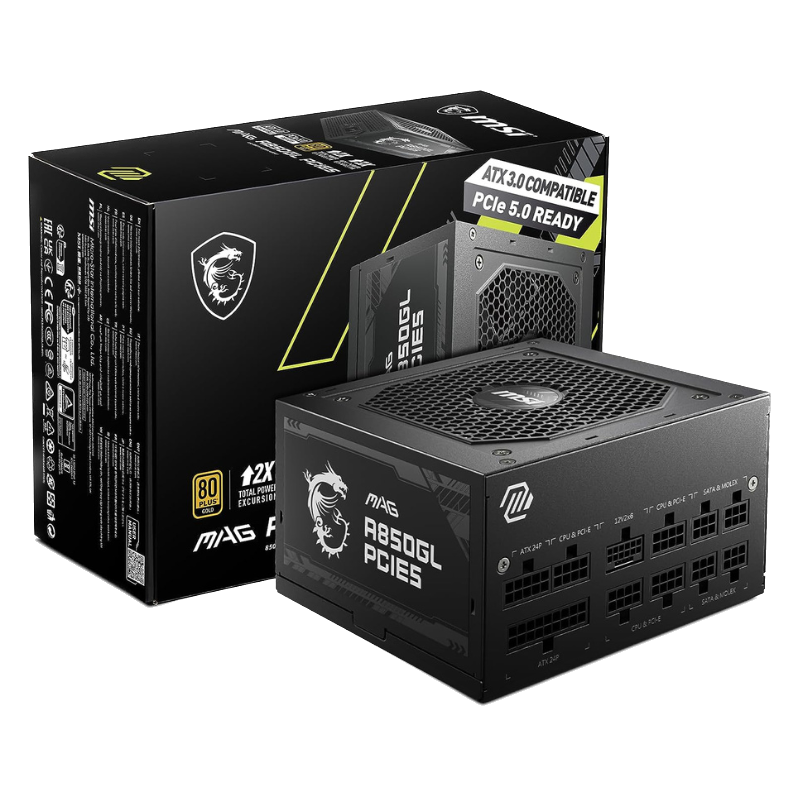
The MSI MAG A850GL is one of the latest ATX 3.0 power supplies with 850W of 80+ Gold power efficiency, perfect for future-proofing your gaming PC.
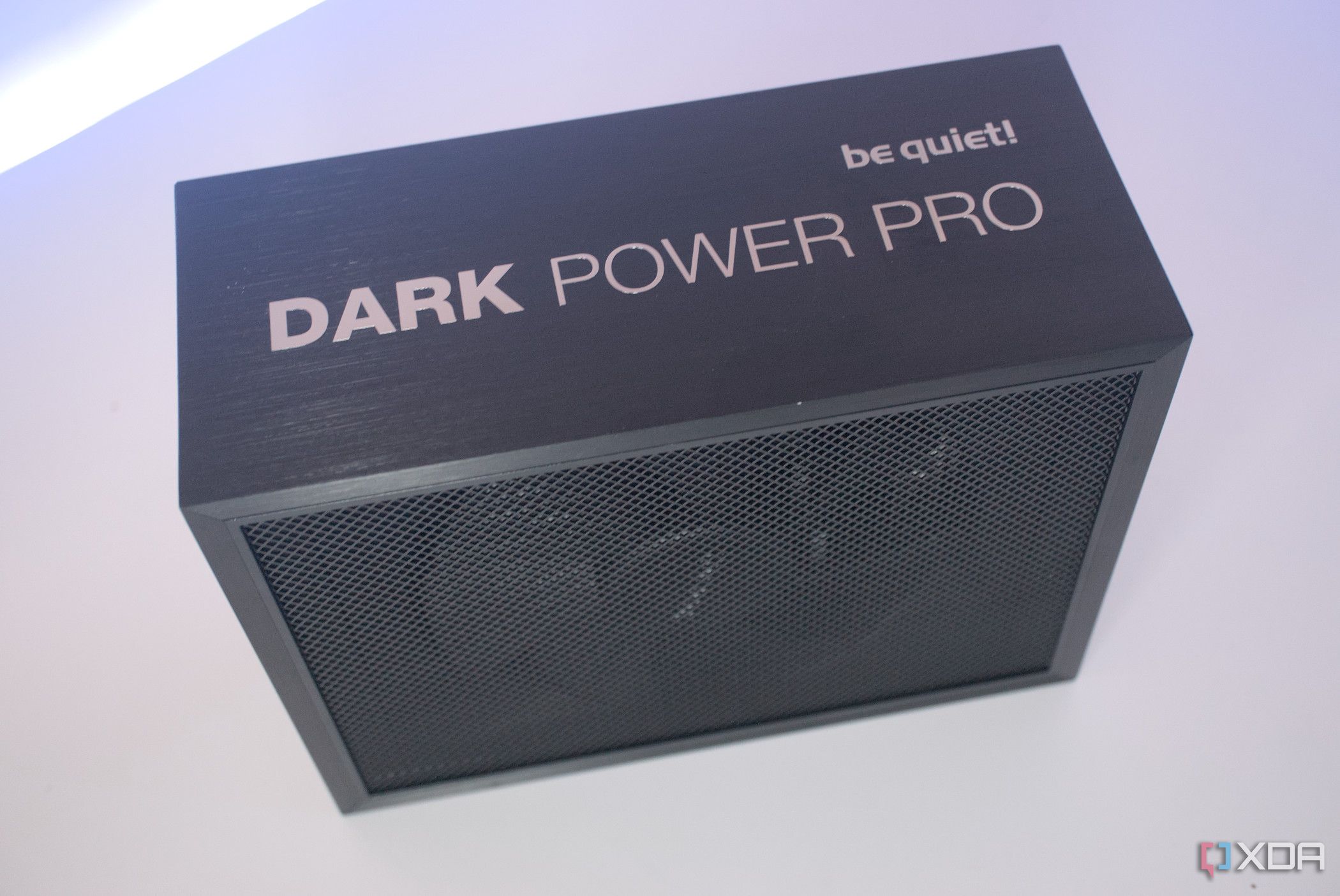
Related
5 reasons you won't need a 1600W PSU any time soon
1600W power supplies are overkill for almost everyone
5 Blazing-fast DDR5 RAM
RAM speeds don't matter as much anymore
Ever since DDR5 RAM became popular, memory speeds have jumped to a new tier. From 3,600MT/s being considered extremely fast in the DDR4 days, we're now living in a time when 6,000MT/s is considered the bare minimum. While that might be the sweet spot for most gaming PCs, many users are still entranced by faster memory kits rated at 7,200MT/s or 8,000MT/s.
Blazing-fast RAM doesn't improve your performance as much as you might think. It's great to see speed records being broken by the latest G.Skill or Patriot kit, but it doesn't impact your gaming performance by a lot, only your wallet. The kind of FPS you get in games depends on many factors, such as your GPU, CPU, and the game engine itself. Memory speeds beyond 6,000–6,400MT/s show diminishing returns in performance. You might want the fastest kit for bragging rights, but your money is better used elsewhere.
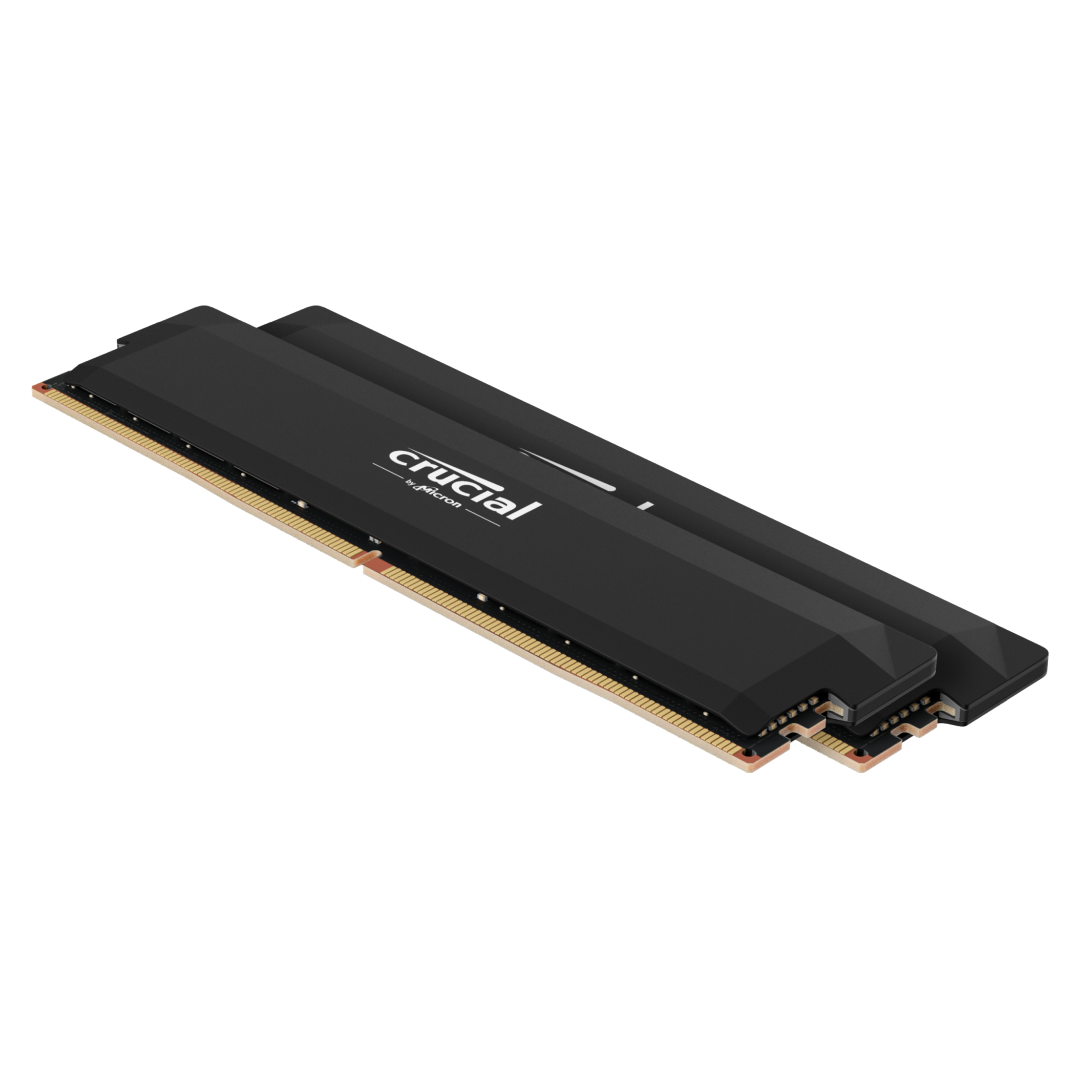
Brand Crucial
Size 16GB, 32GB
Technology DDR5
The Crucial Pro Overclocking DDR5-6000 kit offers great gaming performance, a sleek design, and support for XMP and EXPO.
4 High-end OLED monitors
With great performance come great caveats
OLED gaming monitors offer a significantly better experience than IPS and VA monitors, but command a hefty price tag for the privilege. The best OLED monitors are routinely priced at around $1,000, and the more affordable models aren't cheaper by much (maybe just $100–$200). The deep blacks, stellar highlights, and instantaneous response time of an OLED screen are all great benefits, but the technology still isn't where it needs to be, price-wise.
Plus, you need to deal with burn-in concerns, especially if you use your monitor for work, displaying static elements for hours on end. Burn-in can sneak up on you within 2 or 3 years of using an OLED monitor, and dealing with customer support to claim warranty is a pain with the majority of manufacturers. OLED monitors are also known for poor full-screen brightness and annoying you repeatedly with pixel refresh cycles.
Basically, there are a lot of caveats when it comes to owning a high-end OLED monitor, and that's after you've paid a fortune for it. If you can't expect a $1,000 monitor to last without any issues for over 5 years, what's the point?
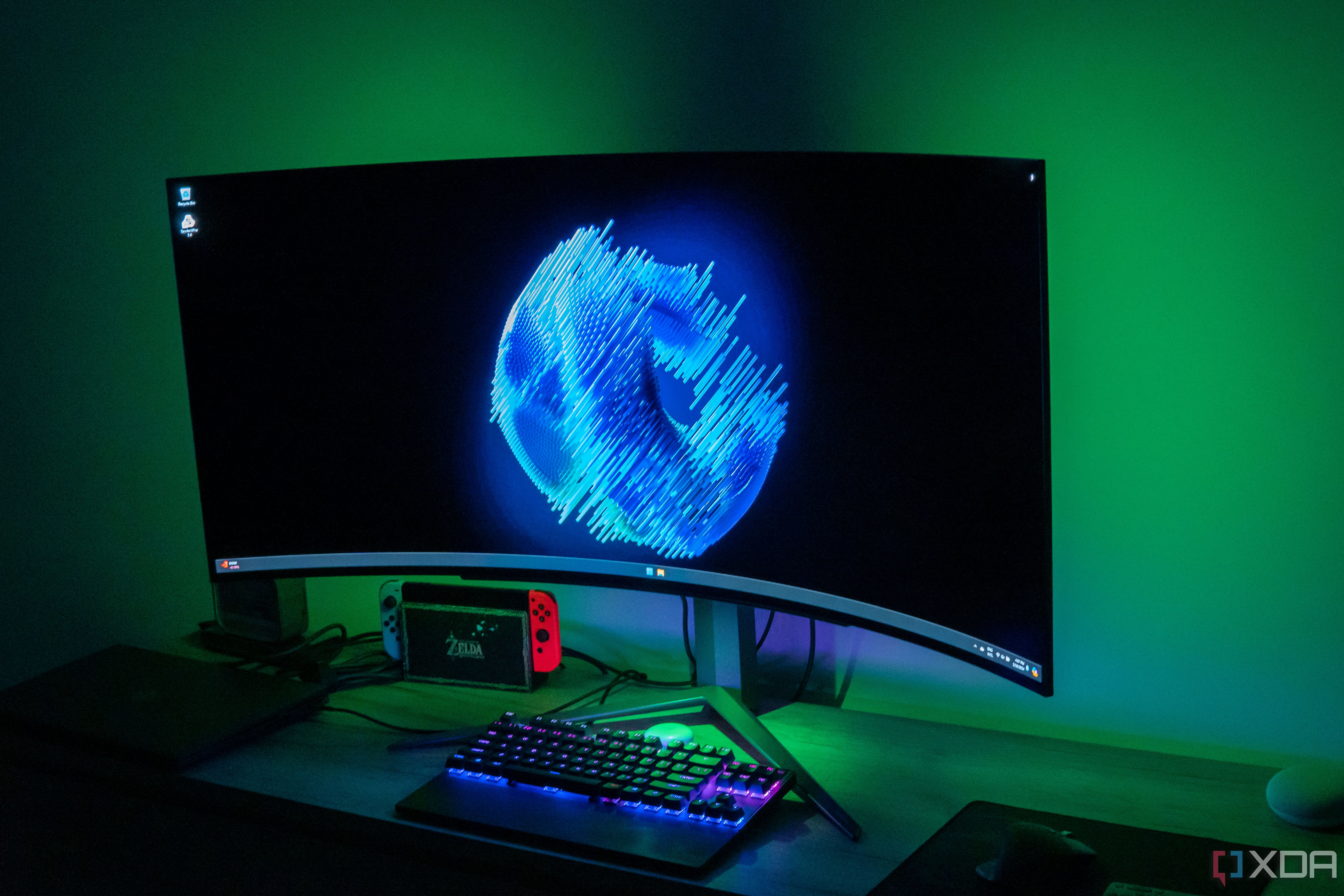
Related
4 reasons I'm giving up on OLED and buying a mini-LED monitor instead
Mini-LED monitors have gotten to a point where I can safely delay my OLED monitor upgrade for a few more years
3 High-end motherboards
Useless for the most part
Premium motherboards are one of the biggest money sinks as far as PC hardware is concerned. Most people know an overexpensive motherboard doesn't affect the performance or functionality of their PC, but they still can't resist dropping $500+ on it. While decked-out motherboards are useful for a small subset of users who can't do without overbuilt VRMs, plenty of Gen5 M.2 slots, 10Gb Ethernet, and unlimited expansion slots, most people don't need to spend over $200 on the motherboard.
That amount can even get you a great-looking white motherboard with enough Gen5 slots, I/O ports, and next-gen connectivity that you'll need in the lifetime of your PC. Motherboard marketing can easily trick you into overspending, but if you care about spending your money where it counts the most, you're immune to meaningless branding.
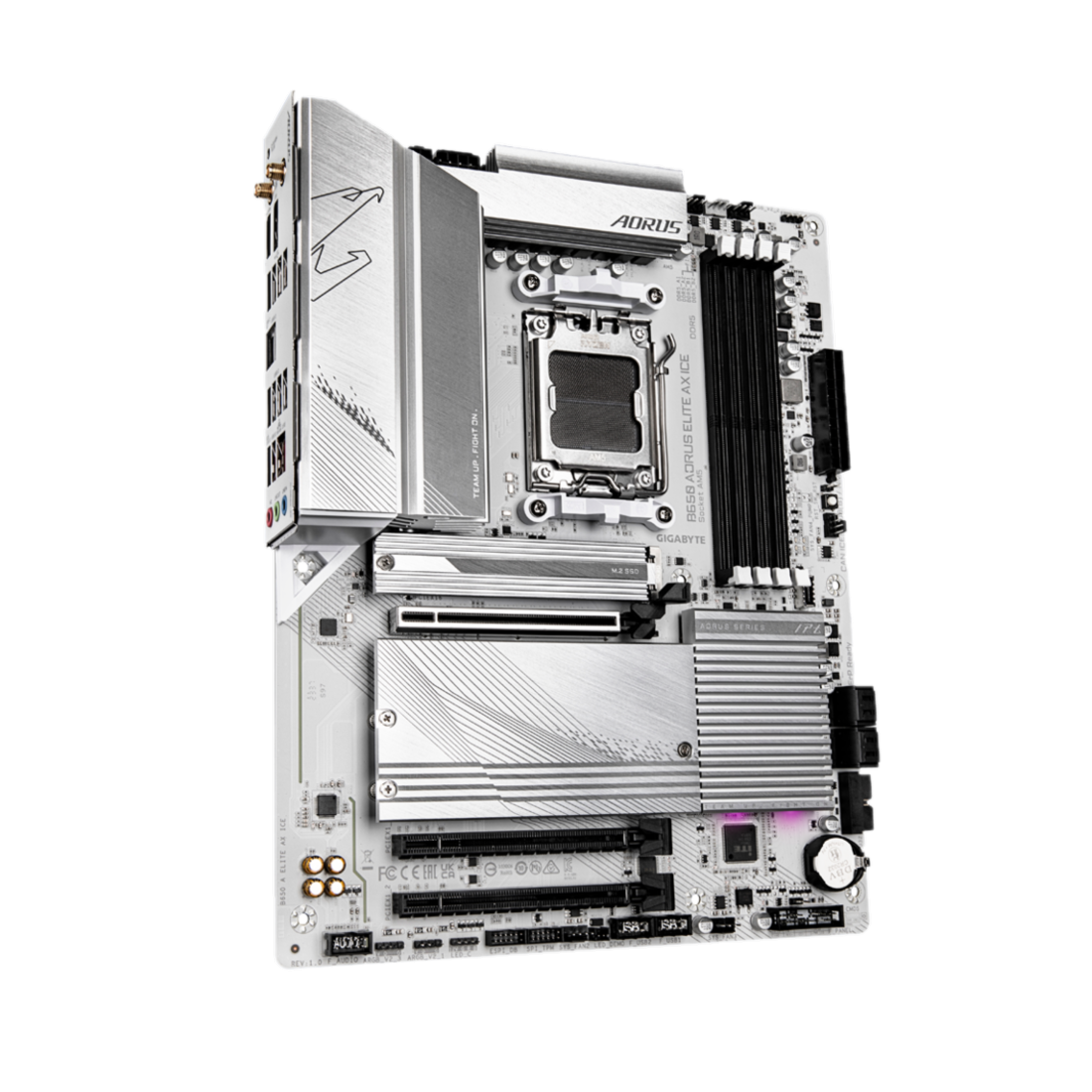
The Gigabyte B650 Aorus Elite AX ICE offers a premium aesthetic and great features at an affordable price. It's one of the best motherboards for an AM5 gaming PC.
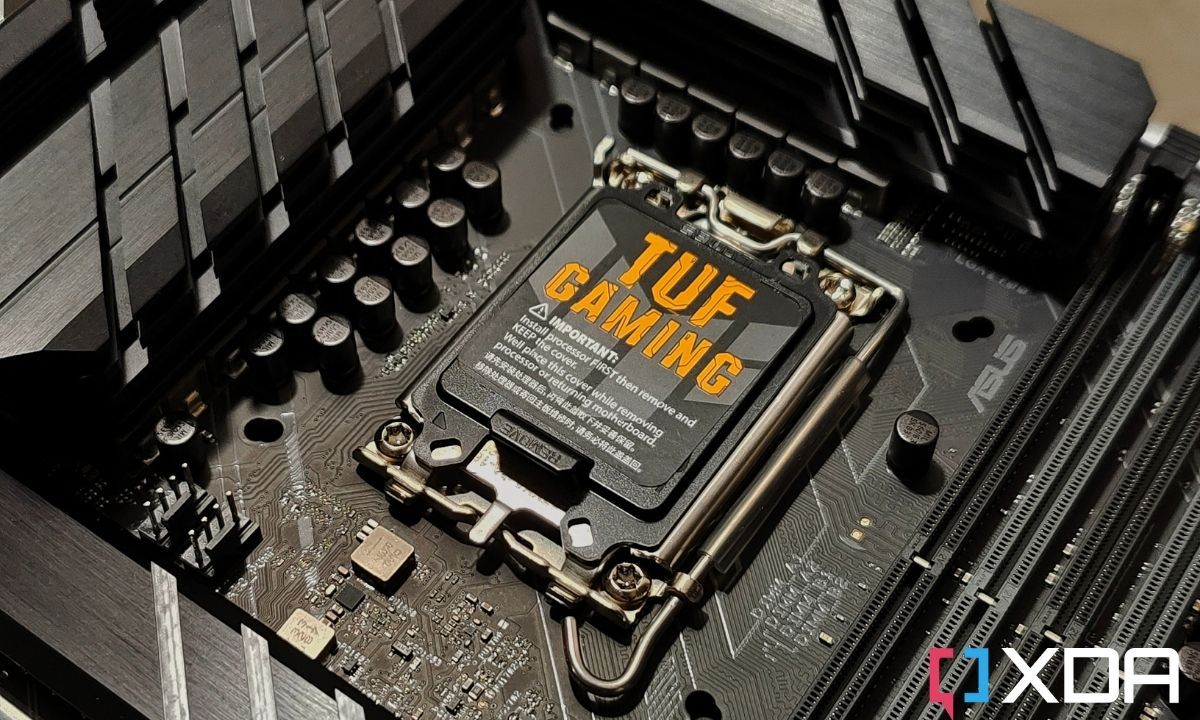
Related
6 PC hardware branding terms that mean absolutely nothing
PC hardware is flush with meaningless terms that translate to no real benefits
2 Cutting-edge Gen5 SSDs
Just not cutting it
PCIe 5.0 SSDs might represent the pinnacle of storage performance right now, but they're largely useless for the consumer, especially the gamer kind. The 14,000MB/s+ read/write speeds that you keep seeing on the latest Gen5 SSDs are impressive, but they don't translate into anything worthwhile on most PCs. Your OS boots at the same speed, and your machine feels as snappy as it did on a Gen4 or even Gen3 SSD.
Games aren't dependent on sequential speeds either; they benefit from random read/write speeds. And those happen to be similar on Gen5 and Gen4 drives. So, you don't need a Gen5 SSD even in 2025, unless you're transferring large files every day for work. Besides, the cooling requirements of many Gen5 SSDs are insane — you not only need mandatory heatsinks, but even bulky coolers on many models.
Until game developers start optimizing games to take advantage of Gen5 speeds — DirectStorage, hello — you can keep using Gen4 NVMe SSDs for your PC.
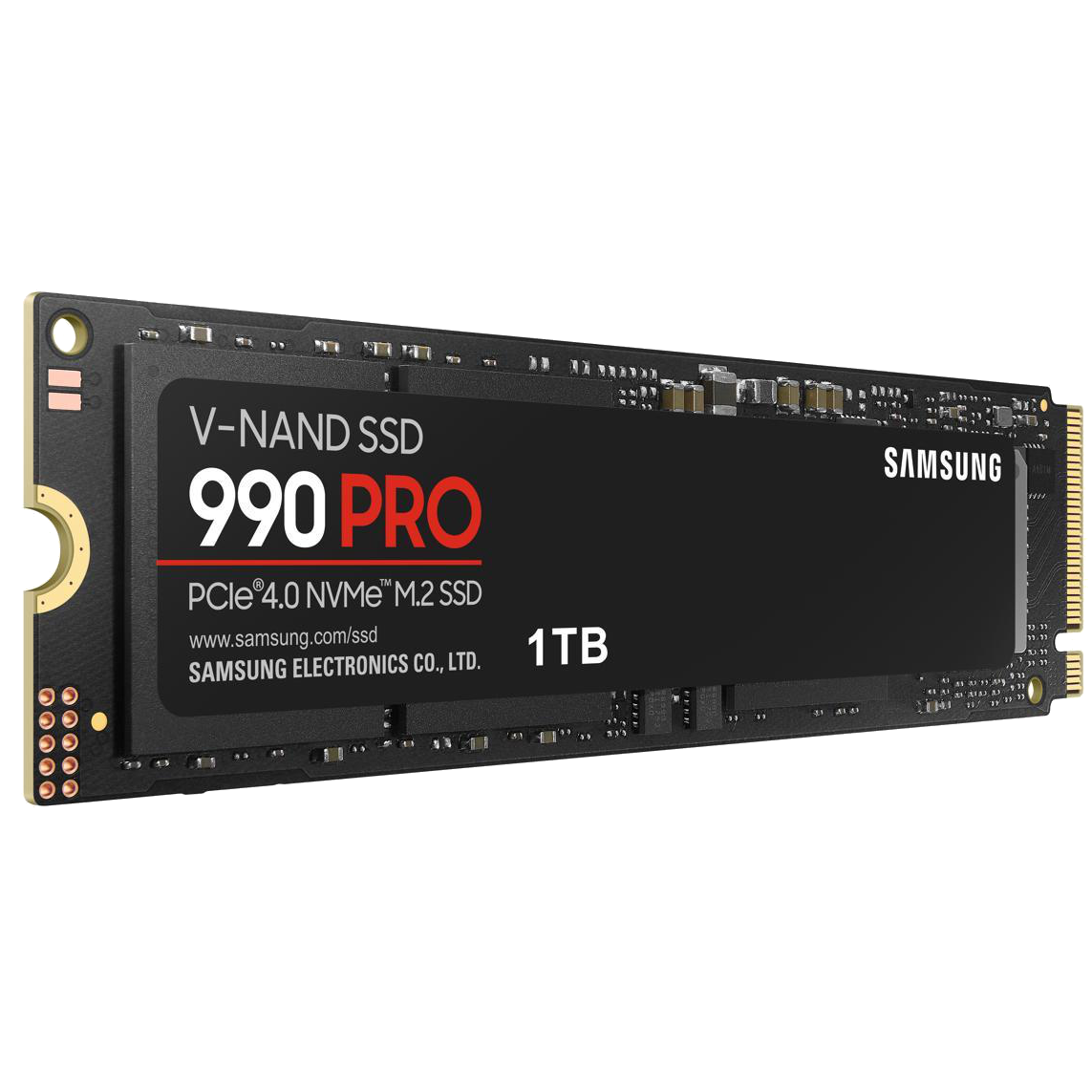
Storage capacity 1TB
Hardware Interface PCIe 4.0
Brand Samsung
Transfer rate 7,450/6,900 MB/s read/write
TBW 600
Samsung's 990 Pro pushes the limits of what PCIe 4.0 storage can offer. It offers the fastest transfer speeds for a Gen 4 drive while not costing much more than slower SSDs.
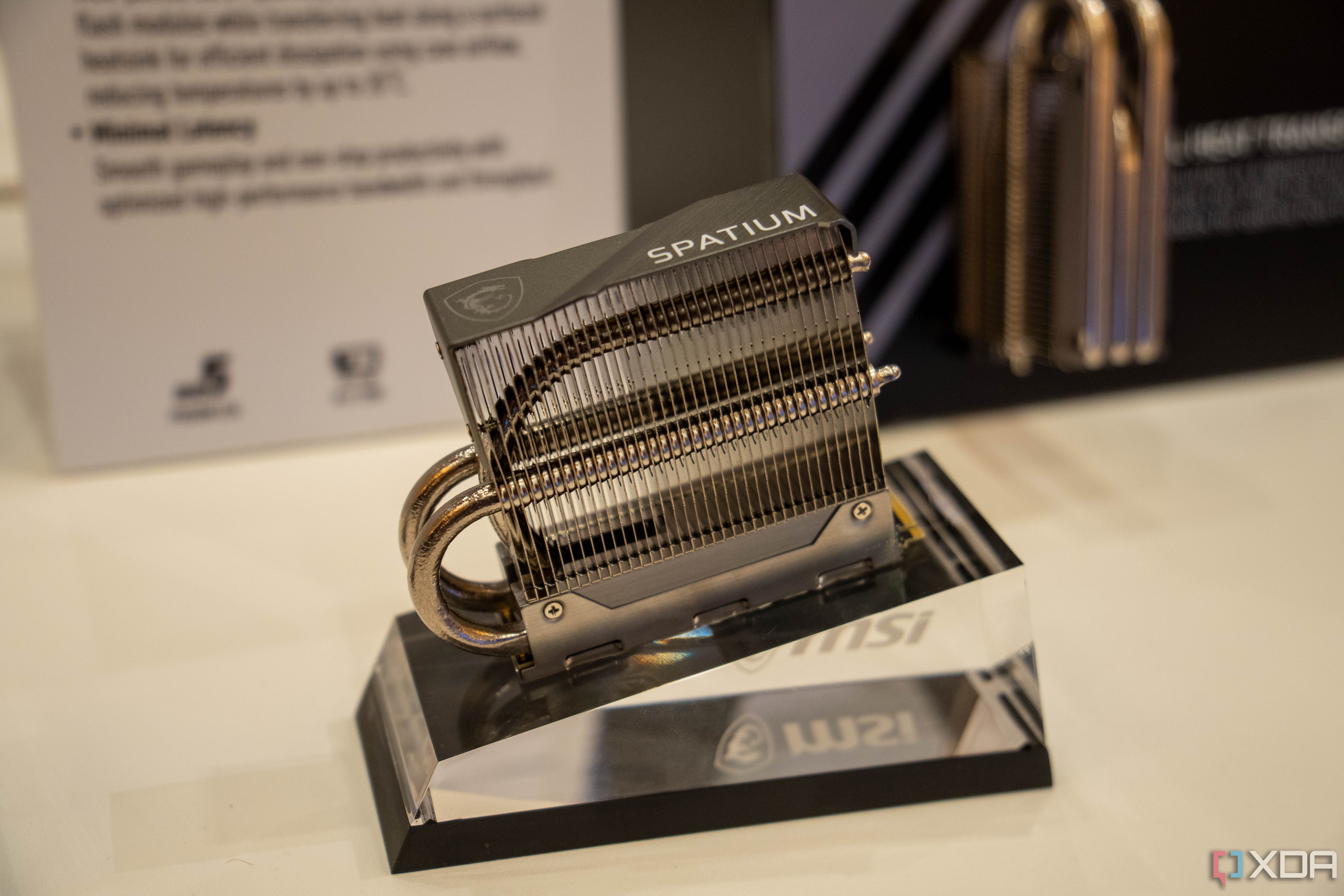
Related
4 problems with Gen5 SSDs that have nothing to do with performance
The blazing-fast speeds aren't the only unnecessary thing about PCIe 5.0 drives
1 Flagship graphics cards
Reserved for the elite
Every single generation, the entire PC community waits with bated breath for Nvidia and AMD to announce the latest and greatest graphics cards. GPUs undoubtedly receive the most hype and coverage in the PC hardware space, and have even started getting mainstream coverage after their central role in AI computing came to the fore. The flagship models keep going up in price every time, with the RTX 5090 priced at an MSRP of $1,999.
While these models often receive the most interest from the tech media and consumers alike, they're largely irrelevant from an affordability and necessity standpoint. The gen-on-gen gains this time don't even justify the kind of price premium Nvidia is asking for many of their premium GPUs. The company, however, is competing with itself in the high-end segment, so that's the kind of pricing we'll get for now.
These GPUs are frankly unnecessary for high-end gaming, even if you want 4K performance. You can easily pick an RTX 5070 Ti or RX 9070 XT for great 1440p and decent 4K gaming. The flagship models, then, are mostly reserved for the enthusiasts, those with bottomless pockets, and spoiled kids.
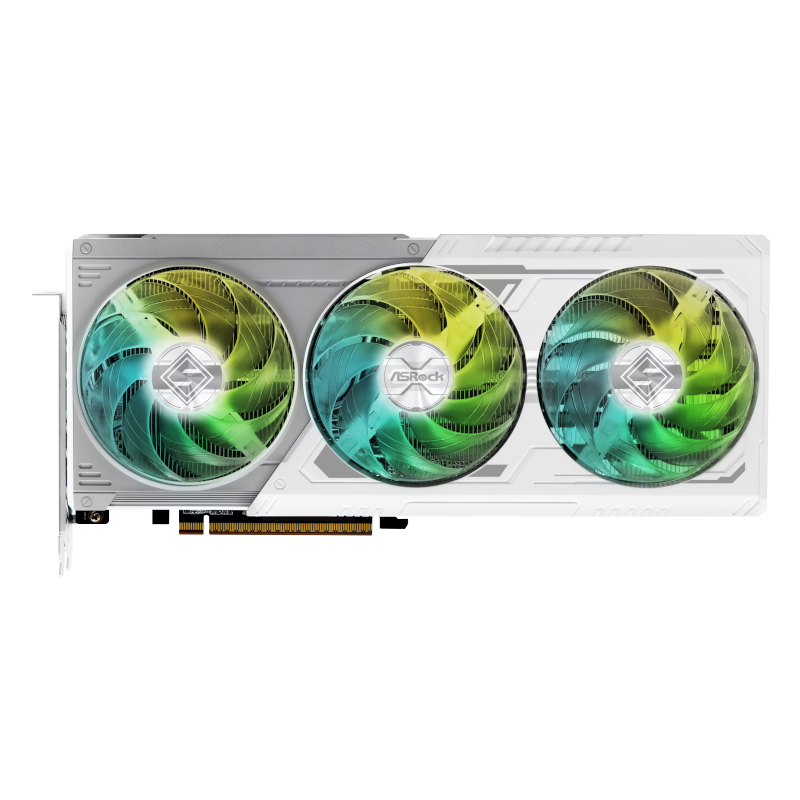
Memory Clock Speed 2518 MHz
Architecture RDNA 4
Process 5 nm
Shader Units 128
The AMD RX 9070 XT is one of the most value-for-money GPUs you can buy right now, if you can find one at MSRP. It offers great 1440p and 4K raw performance, advanced ray tracing performance, and much-improved upscaling and frame generation capabilities.
Don't believe the hype; buy what you need
Most PC components will always be overhyped; you need to decide what fits your needs and budget. Before you pull the trigger on an upgrade, do your homework to assess your performance requirements. You can always make the most of your budget with a mid-range graphics card, a budget motherboard, and a well-priced gaming monitor. Even your power supply doesn't need to be overpriced to protect the rest of your precious hardware. It's all about optimizing your budget and not blowing it on a few components.
.png)
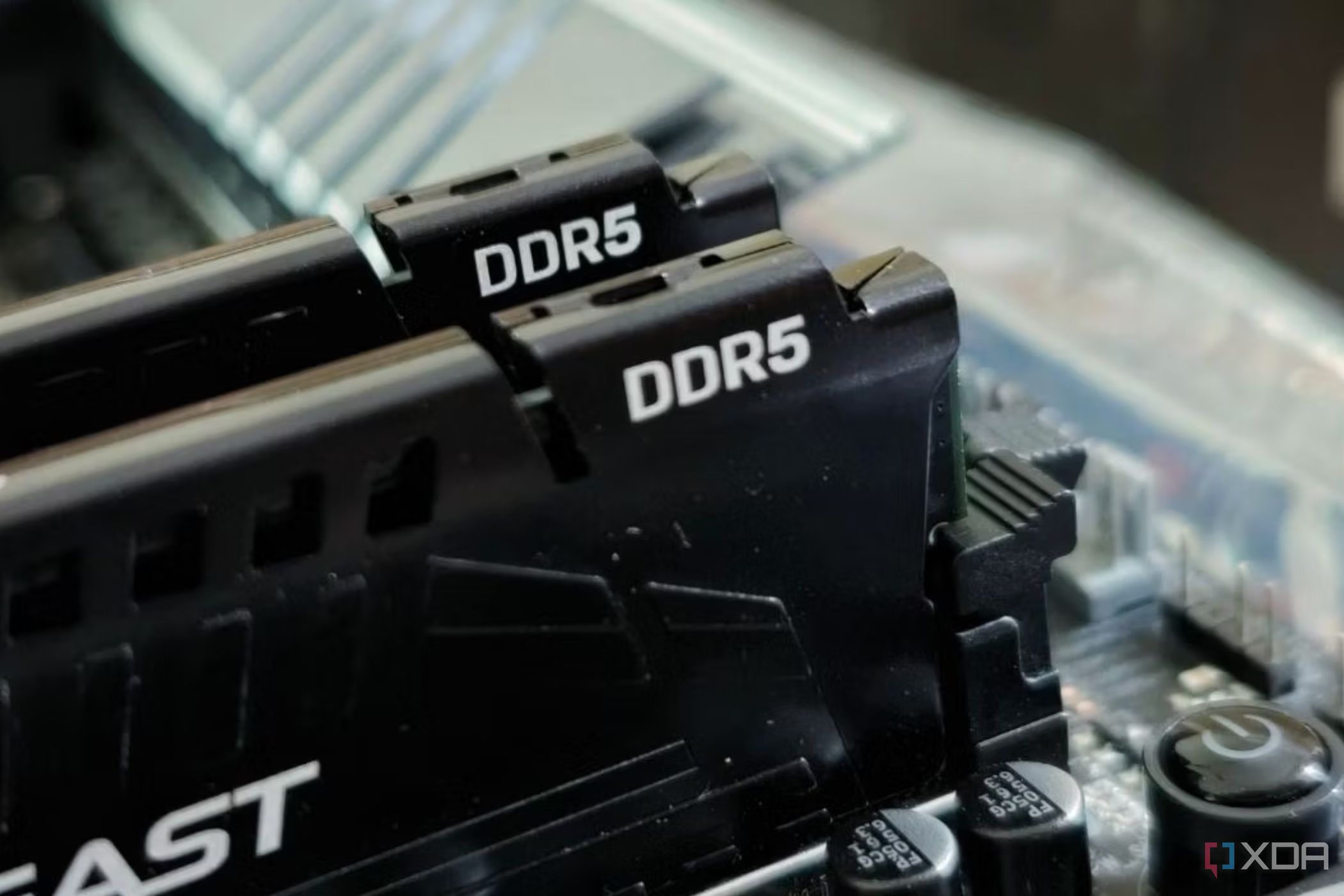
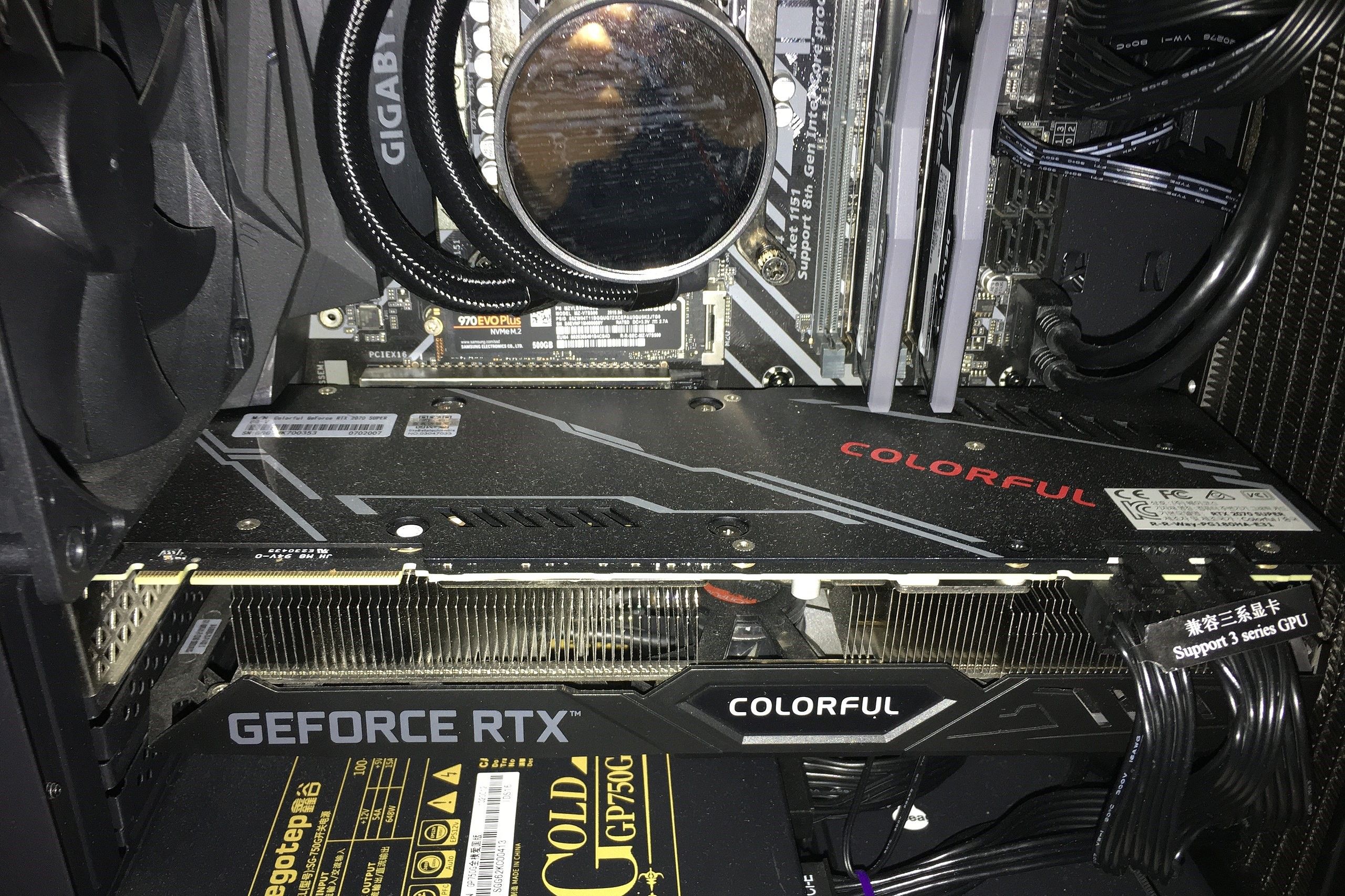











 English (US) ·
English (US) ·